Redditors have been discussing features that are typical in American homes that aren’t as common globally, so we’ve gathered their most interesting replies below. From ceiling fans to carpeted bedrooms, enjoy scrolling through these dead giveaways that a house is located in the U.S. And keep reading to find conversations with Victoria Pearce of A Life Away, Diane of Oui in France, and Mike Fortin, Founder and CEO of Artemeco!
#1
If you go by the comments that show up any time construction gets mentioned, apparently wood.I am lead to believe that all houses in europe are constructed from a mixture of concrete, brick, diamond and titanium, built to withstand the mightiest of gales and double as a b**b shelter.
Over here we mostly use wood framing and cladding, with sometimes a brick or stone outer layer, sometimes just vinyl or aluminum (or even more wood) siding, and drywall on the insides. It works well, but apparently terrifies our overseas neighbors.
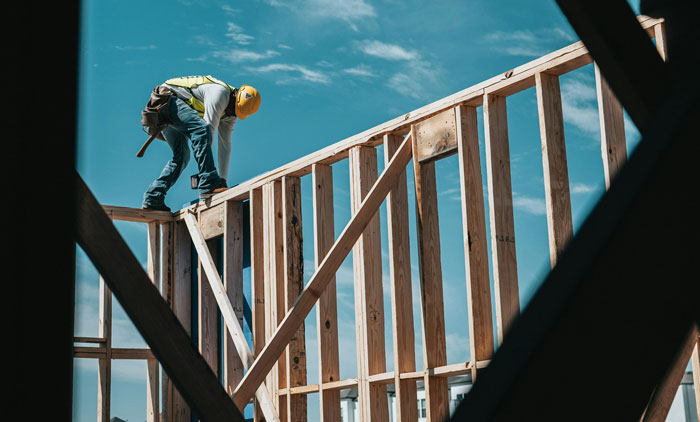
Image credits: omega884
To learn more about how American homes vary from other houses around the world, we got in touch with a few experts on the topic: Mike Fortin, Founder and CEO of Artemeco; Victoria Pearce of A Life Away, an American living in the U.K.; and Diane of Oui in France, an American living in France. First, we wanted to know what features of American homes stand out to them.
#2
Garbage disposals!
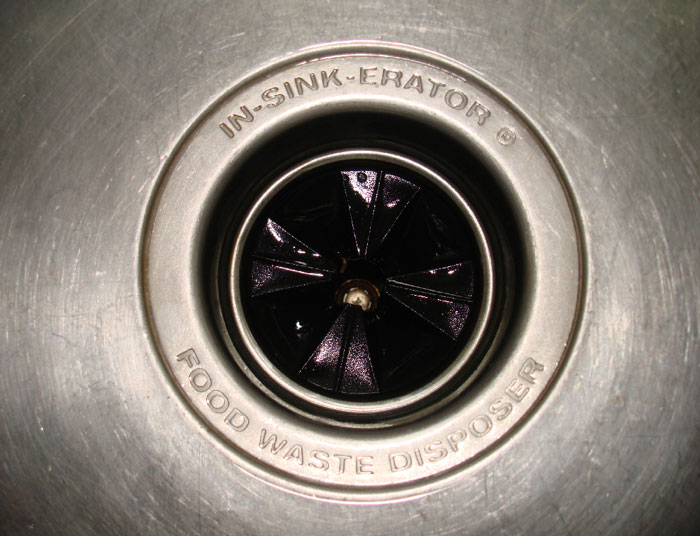
Image credits: anon
"Homes around the world may serve the same purpose, but their construction, design, and features vary significantly," Mike says. "Two of the most notable differences in American housing are size and availability. The homeownership rate in the U.S. is around 63%, significantly higher than in other countries. Additionally, the average size of a new home in the U.S. is around 2,200 square feet, while in Europe, for example, homes tend to be much smaller—often around 1,000-1,500 square feet."
"The U.S. also prioritizes single-family housing, with approximately 80% of new construction being detached homes, whereas in Europe and other parts of the world, multi-family housing is much more common due to higher population densities and urban planning constraints," he added.
#3
His and Her sinks.
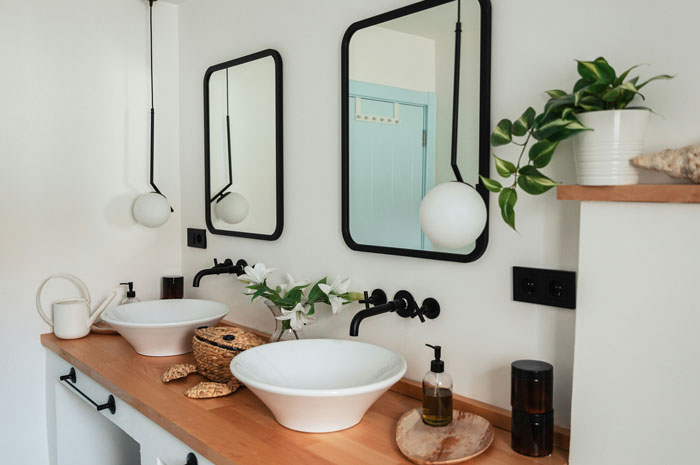
Image credits: edinspark
Mike says another major difference is construction materials. "In the U.S., homes are predominantly built with light wood framing, whereas many other countries rely on more durable materials like brick, concrete, or stone," he explained. "This is largely due to tradition and local availability of materials. However, it does mean that American homes tend to be less resilient to natural disasters compared to the more robust structures seen in Europe and parts of Asia."
"Additionally, American home design has long followed the philosophy of 'bigger is better,'" Mike shared. "There has been a decades-long trend of maximizing square footage at the lowest possible cost, leading to homes that prioritize size over durability, efficiency, and quality."
#4
Do Europeans have ice makers in their refrigerators?
We have ice everywhere here but those guys act like its their most precious resource.
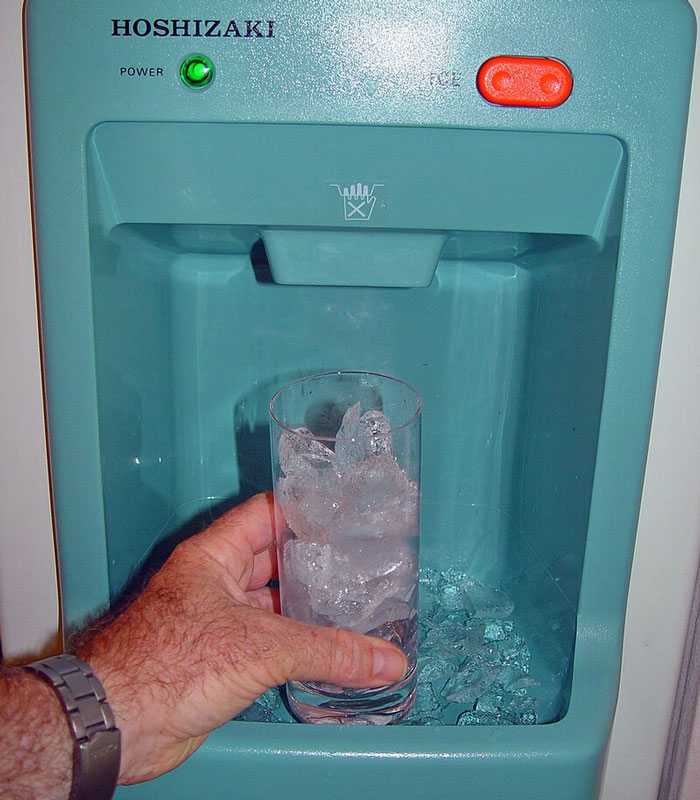
Image credits: anon
#5
Ive lived in other countries. Everything is bigger as far as appliances. Its like 1.5-2X scale that you would find in like appliances in other countries.
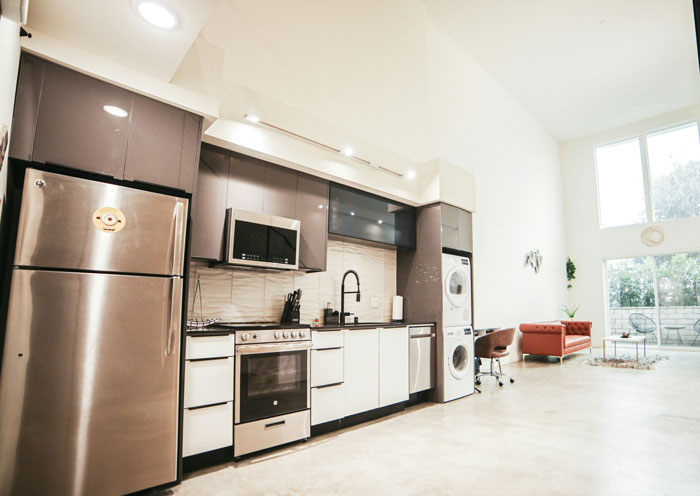
Image credits: DRT798
Victoria says that large closets, dedicated laundry rooms and large counters, especially in bathrooms, are uniquely American. “American homes tend to have a lot more built-in storage space. Walk-in closets in particular are nearly impossible to find in the U.K. or Europe,” she explained. “Occasionally, people will use a spare room as a closet/dressing room, but most people can't afford to use their space this way.”
“For any Americans shocked at the idea of using a whole bedroom as a closet, keep in mind that European rooms can be quite tiny,” she continued. “It's common to find bedrooms that will only fit a twin-size bed."
#6
A big garage. When I visited family in the UK I was amazed their garage could barely fit their Ford Fiesta in it. My garage fits an F-150 double cab with zero issues and there's room to spare. Plus you can fit a whole other vehicle next to it.
To go along with that a garage fridge. Not all Americans have them by a long shot but it's common enough to see a hand-me-down refrigerator in a garage that has beer, pop, and stuff like that in it.
Also a coffee maker. When I was going to university in the UK I wanted a small coffee maker but couldn't find one for the life of me. There were French presses and kettles, but no coffee makers like a Mr. Coffee.
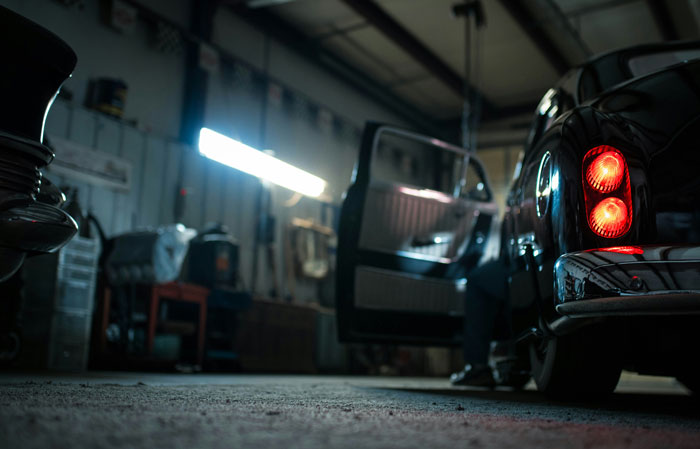
Image credits: Thel_Odan
As for why these big closets aren’t common in other places, Victoria shared, “I think the lack of storage space comes down to less available land space in general in Europe compared to America. However, this also impacts things like seasonal decor that are so popular in the U.S. By comparison, people outside of America are less likely to spend money on things like giant Halloween skeletons simply because there isn't anywhere to put it when you don't have it on display.”
#7
Based on my travels, I'd say clothes dryers, central air conditioning, and firearms.
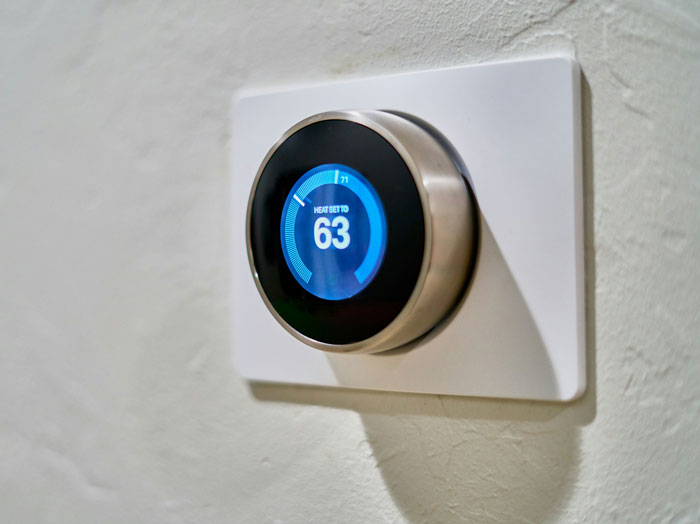
Image credits: jebuswashere
“Having a dedicated room for laundry is not common outside of the U.S. Most homes have a washer under the counter in the kitchen,” Victoria continued. “You'll sometimes find homes with washers or dryers in the garage or a hallway. Our current rental home came with a washer in the kitchen and we bought our own tumble dryer for the garage. Homes are often older than those found in America and were not built to include dedicated laundry space.”
“These machines are also smaller than U.S. models and sometimes combine washing and drying in the same machine. Energy to run washing machines is more expensive outside America, which makes smaller machines more cost effective,” Victoria says. “To save energy, most people will hang dry clothing more often than Americans even if they own a tumble dryer.”
#8
Giant closets.
Victoria also pointed out that American bathrooms are gigantic by European standards, one of the big space differences being countertops. “Even primary bedrooms with an en-suite bathroom in the U.K. are more likely to have a pedestal sink instead of the large counter with his and hers sinks that can be found in American homes,” she explained.
“One of the effects of having less storage in the bathroom is the popularity of alternative storage furniture for things Americans usually store in the bathroom. For example, it's common to place a dressing table with a mirror in the bedroom for storing and applying makeup and hair products.”
#9
Based on my experience living in China, Americans keep a lot more food in their home. Most people I know could survive for days, if not weeks, if the grocery stores vanished. Not sure about anywhere else, but an entire room (pantry) full of shelf stable food is tinfoil hat territory to most Chinese people.
#10
A giant American flag and a painting of an eagle.
Seriously though, I think in general just larger homes.
#11
From my observation, garages, and garage size. My double wide, double deep garage is insulated, heated and has cooling, my work shop and desktop computer are out there and oh and a couple cars and motorcycles. It's basically a man cave but called "garage" for tax purposes.
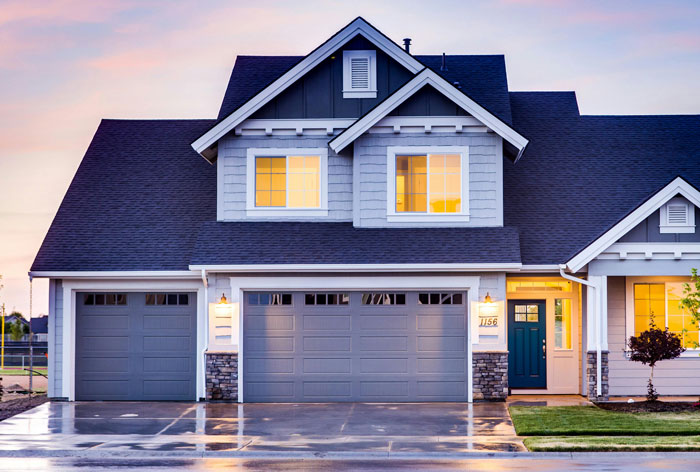
Image credits: Eron-the-Relentless
#12
A third and fourth bathroom.
My first house in the UK had one bathroom. My second had two.
My house in the US had FOUR BATHROOMS. Honestly felt a touch excessive.
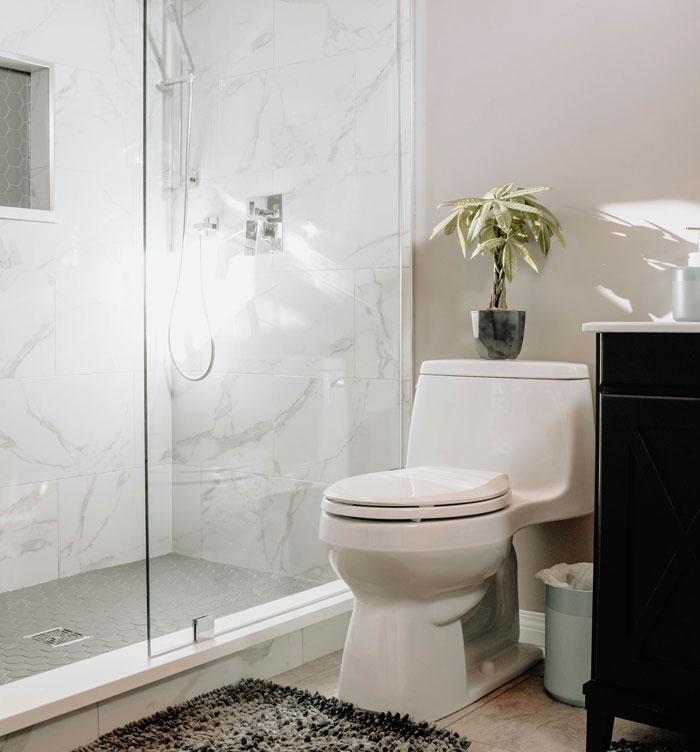
Image credits: LordSn00ty
But Diane pointed out that, even in the U.S., there are a wide variety of homes.
“There are a lot of regional differences within the U.S. since it's a huge country with varied landscapes, climates, socioeconomics, etc., so a home in one area might seem very different to someone from another region,” she shared. “In my experience, big yards are something you don't see as much in my area of France.”
“Space comes at a premium. In the U.S., many states have a ton of land and properties tend to be bigger, the actual house square footage as well, than what you'd find in Europe,” Diane continued.
#13
A large gun safe.
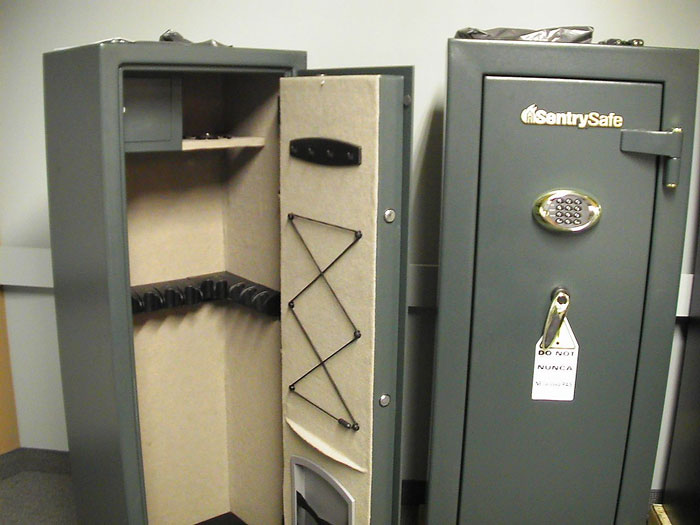
Image credits: MyFace_UrAss_LetsGo
“Some other American home features I don't see as much abroad are fixed shower heads, shingled roofs, central air conditioning, garbage disposals, huge double door refrigerators, wall-to-wall carpet, and king size beds,” Diane says. “Cultural differences account for a lot of this – each country has their own preferences and ways of doing something – in addition to space constraints, climate, and a bunch of other factors.”
#14
A/C.
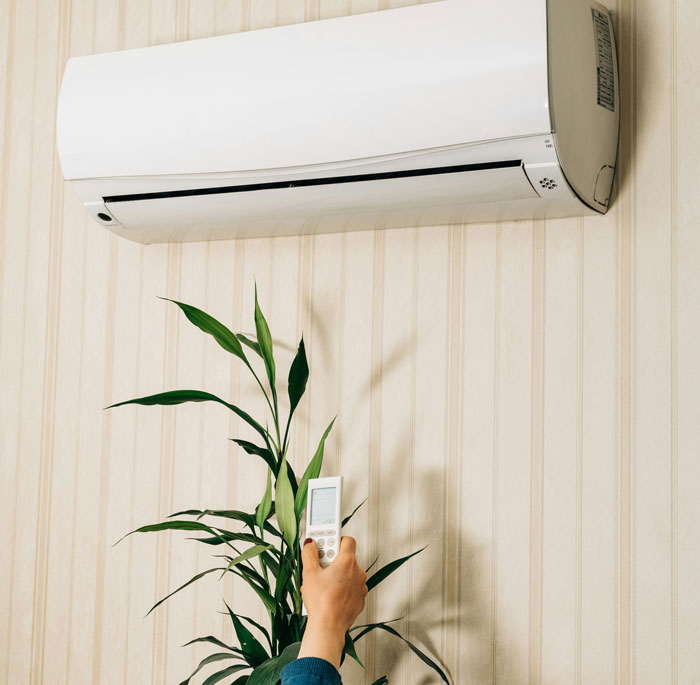
Image credits: anon
#15
I may be wrong in this, but we usually have dedicated laundry rooms or at least laundry closets. I've read a lot of comments here and elsewhere that many places, especially Europe, just have a washing machine in the kitchen.
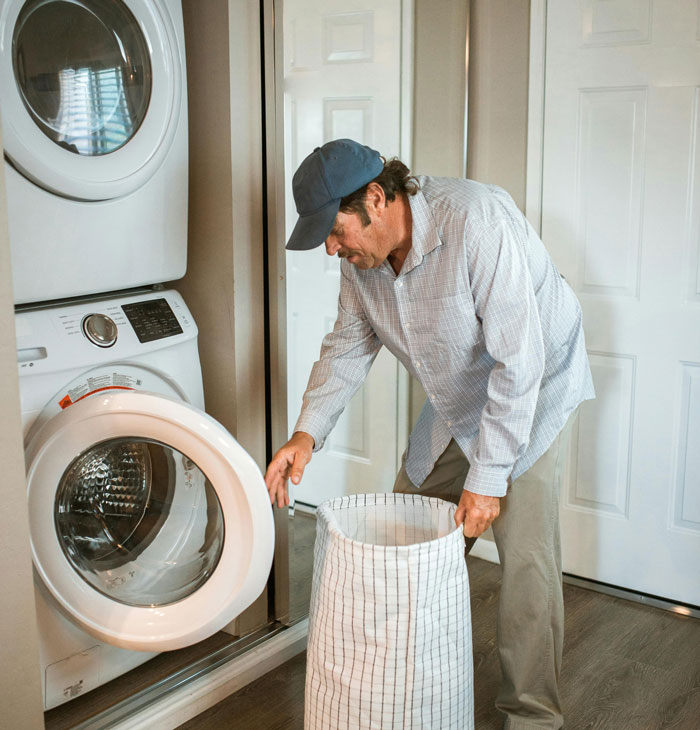
Image credits: Chubby_Comic
We also wanted to know if any other countries could benefit from incorporating some of these American features into their homes.
"Not necessarily," Mike told Bored Panda. "While the U.S. has developed a system that allows for relatively fast and inexpensive home construction, many of the features that make American homes unique—such as their large size and light wood framing—come with downsides like higher energy costs, lower durability, and greater vulnerability to disasters. Other countries are often better off prioritizing quality and efficiency over size and cost-cutting measures."
#16
When I was in Australia I learned that dryers, while not hard to find, were not as common as in the US. I also learned that while a common first appliance for a university student here might be a microwave, a kettle is preferred in other places.
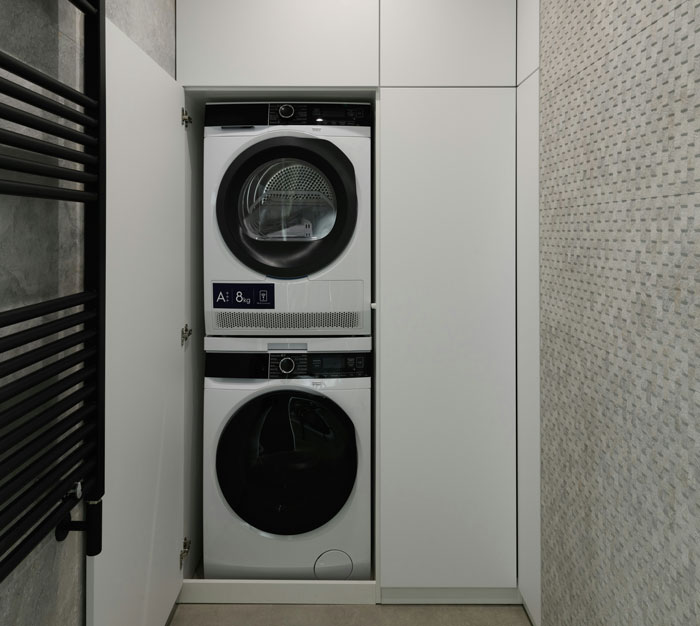
Image credits: Antitenant
“There are pros and cons to all types of houses around the world and what might work for one family might not work for another,” Diane says. “Typical American features aren't the gold standard across the board for everyone, so I think it's important to do whatever makes sense for your family, budget, and personal preferences no matter where you live.”
“Just because something is different in another country doesn't make it wrong,” she added. “I think we can learn a lot by seeing how other people live.”
#17
Super comfortable sofas that you just sink into. Maybe I just had bad luck renting Airbnb's in Europe, but my god was the furniture uncomfortable.
Also affordable computers and smart phones.
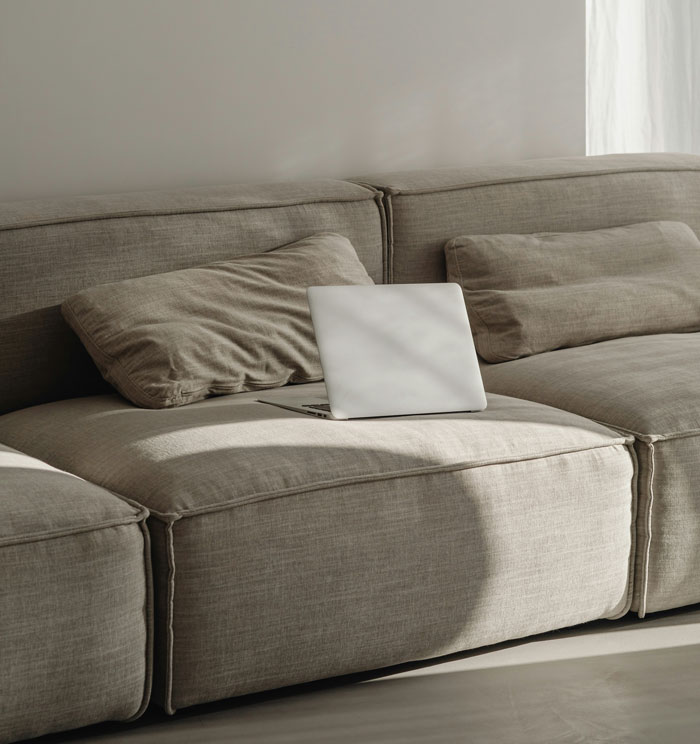
Image credits: SomeDudeOnRedit
#18
Crunchy Peanut Butter
One spout on a sink so you can get warm water, not freezing cold and super hot separate spouts
Tea Kettle on the stove.

Image credits: 1table
Victoria would love to see more counter space in her bathroom, though. “It seems likely that a cabinet sink would fit into many existing homes and triple the amount of built-in bathroom storage,” she shared. “Having to buy storage baskets or shelving is annoying when a built-in would add storage and provide space to keep regularly used products.”
#19
Having lived in upper middle class homes here and in other parts of the world: The theater room is the thing that always fascinates people. Other cultures also have things like pools, jacuzzis, billiards rooms, wine cellars, saunas, libraries, etc. but you rarely see a room dedicated to the theater. Three+ car garages are also not as common.
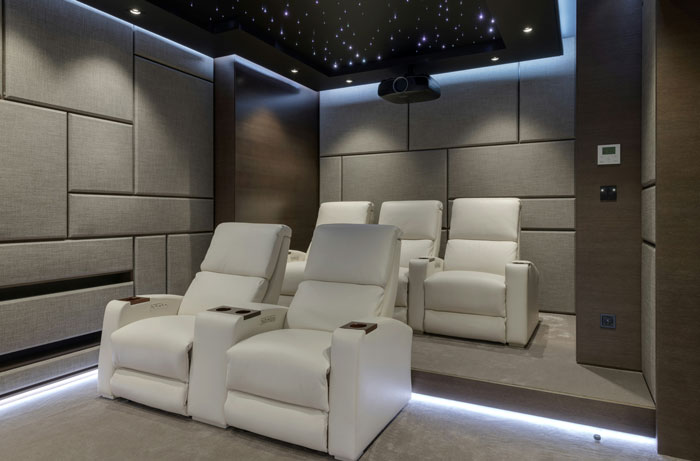
Image credits: msondo
On the other hand, we wanted to know what features from other countries American homes could benefit from.
"The American housing industry has been slow to innovate. Compared to many European and Asian countries, the U.S. lags behind in energy efficiency, building quality, and sustainability," Mike says. "Countries with stricter building codes, such as those following Passive House standards, construct homes that are far more airtight, well-insulated, and durable. These homes consume significantly less energy for heating and cooling while providing superior comfort and indoor air quality."
#20
A dryer!
Garbage disposals.
Screens on our windows.
Ceiling fans. (These exist in many countries, but are not common.)
A large garage for two cars.
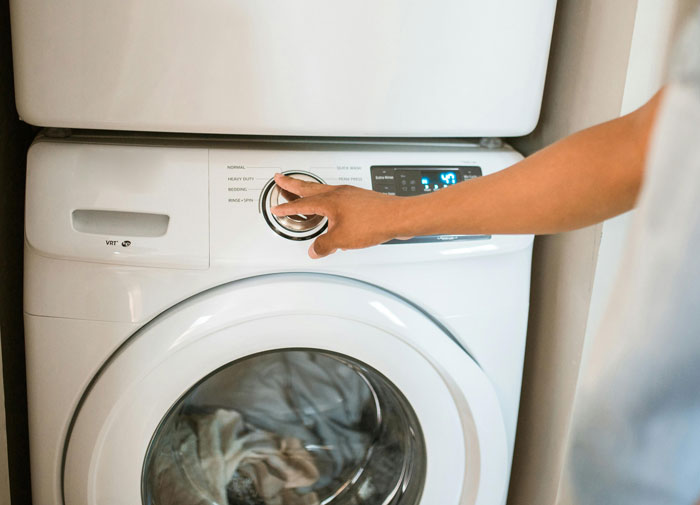
Image credits: DogsAreTheBest36
Mike believes America should embrace safer, longer-lasting materials like Insulated Concrete Forms (ICF) as an alternative to traditional stick framing. "Given the increasing frequency of hurricanes, wildfires, and extreme weather events, the shift toward more disaster-resistant construction should be a priority."
"I’m also a big fan of the European tilt-turn style windows and often include them in homes I design and build. Ultimately, it’s not about the size—it’s about the quality, longevity, and efficiency of the home. America could learn a lot from other countries when it comes to building efficient, safe, long-lasting homes," the expert noted.
#21
Window screens.
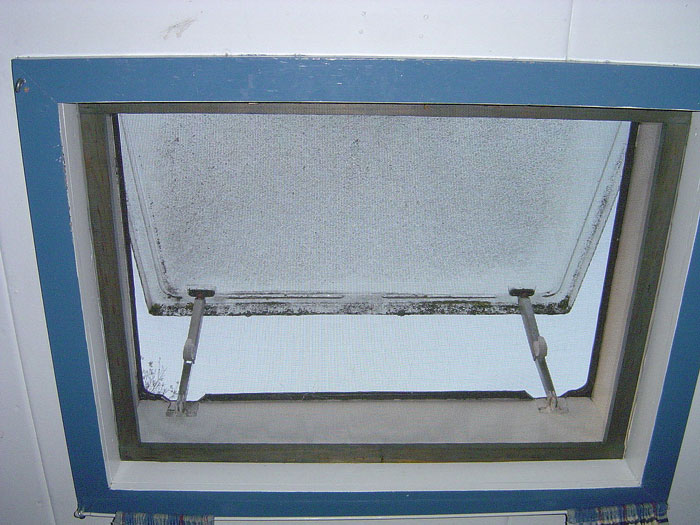
Image credits: NSNick
Victoria also says tilting windows would be great in America. “When you turn the window handle one direction, the window opens up fully. But when turned in the other direction it tilts inward a few inches from the top of the window only," she explained. "The tilt option is a great way to let in air flow while keeping it secure from intruders. Unlike a slide window, it is still locked when tilted.”
#22
Box fans. I miss them.
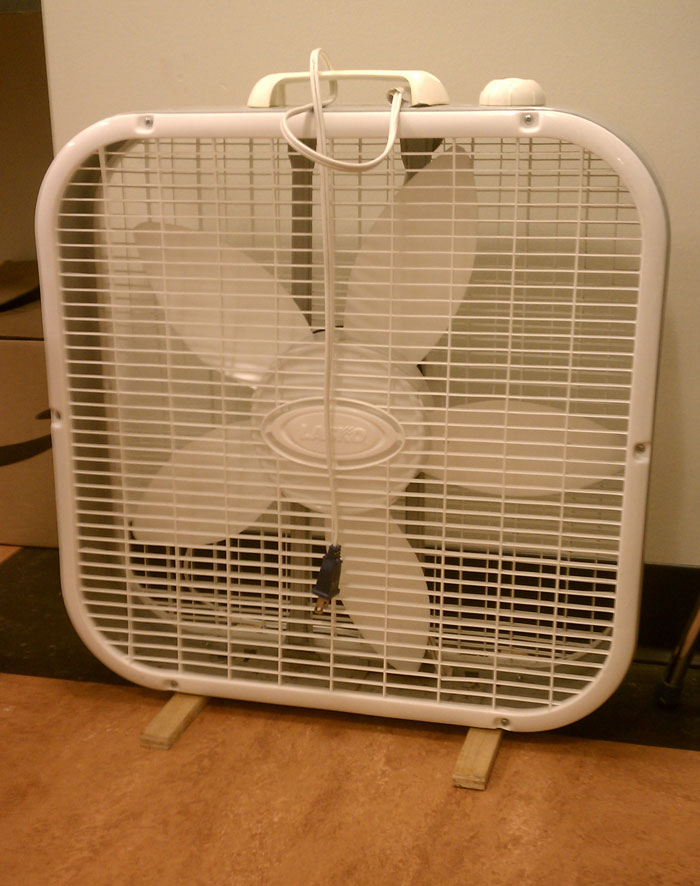
Image credits: eustaciasgarden
“I also think Americans should take advantage of hang drying clothes. In many parts of the U.S., the weather is warm enough to dry clothes quickly, and not putting them through the tumble dryer every time would help the fabric last longer,” Victoria continued.
“Americans should embrace the kettle. Make a pour-over coffee instead of housing a big drip coffee maker, quickly boil water for cooking, or just make a cup of tea,” she added.
#23
The raw amount of space, always available air conditioning and ice, open floor plans and kitchen islands. I stayed at a friend’s place in china once and although the home was many multiple mine by value, the kitchen was essentially a separate room. They didn’t do much cooking themselves versus we like our kitchens to be the heart of entertaining.
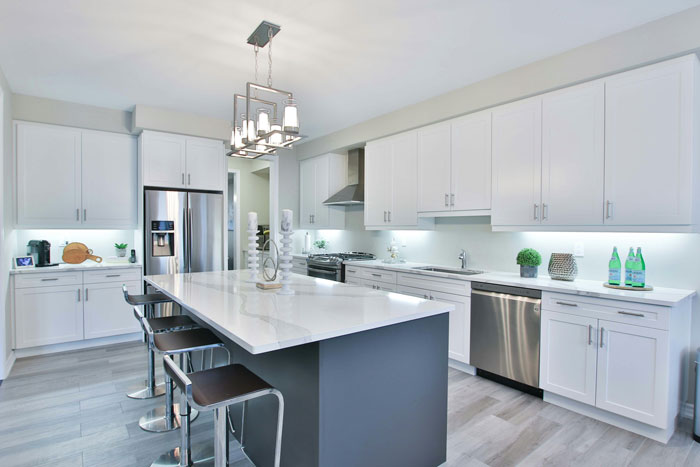
Image credits: mt97852
"For decades, American home construction has been centered around speed and affordability, often prioritizing initial cost savings over long-term performance, resilience, and efficiency," Mike told Bored Panda.
"But as energy costs rise, natural disasters become more frequent, and housing prices continue to climb, homeowners are beginning to ask a different set of questions: How well will my home hold up over time? Will it be energy-efficient enough to keep utility costs down? What is the environmental impact of this building? Can it withstand extreme weather events? Will it provide a healthy, quiet, and comfortable living environment?"
#24
An instant hot water faucet.
"As these concerns grow, there’s a noticeable shift toward high-performance homes—structures that emphasize airtightness, superior insulation, and durable materials," Mike continued. "More homeowners and builders are moving away from traditional wood framing and opting for more resilient, energy-efficient materials, especially in regions prone to wildfires, hurricanes, and extreme weather."
"One emerging trend is the focus on continuous insulation and airtight construction, also known as passive house principles, which significantly improve energy efficiency, indoor air quality, and noise reduction," the expert says. "Many of the best-performing homes today are being built with insulated concrete (ICF), rather than wood framing."
#25
A drip coffee maker.
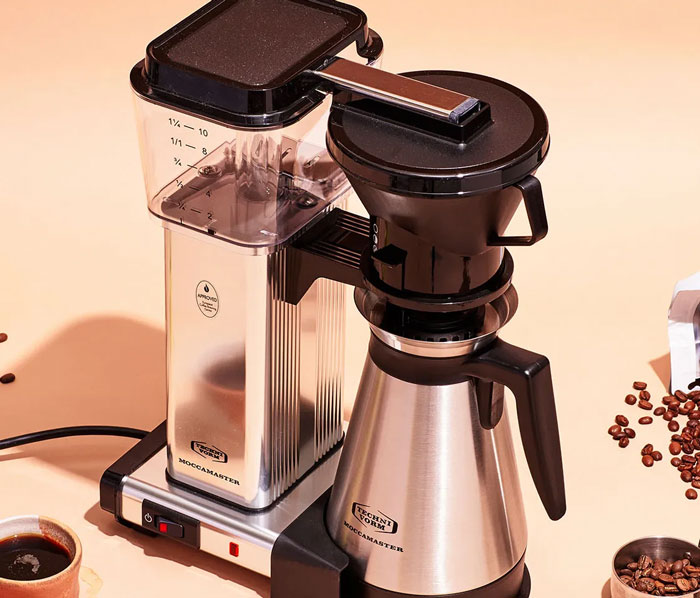
Image credits: Squirrel179
"While the U.S. has had little innovation in the construction industry in the past few decades, more buyers today are prioritizing longevity, safety, and efficiency over more square footage," Mike shared. "This shift is changing the way homes are being designed—and ultimately, redefining what makes a home truly valuable."
"At Artemeco, we’re working to be part of the solution. And that’s why we exclusively design and build high-performance homes," he says. "A home is one of the most expensive purchases you will ever make, we make sure it’s built right. Our homes protect your safety, your legacy, and the environment. When you build with us, you can take pride in building a better future."
#26
Big a*s bag of ice in the freezer.

Image credits: Koumadin
#27
TVs in every room.

Image credits: WinterMedical
“For many of us, our home is our sanctuary and the most valuable thing we own, so we want it to be comfortable and a place where we feel at peace. That'll look different for everyone and I respect that,” Diane added. “My style and vibe might not mesh with yours and that's okay.”
“Many Americans value curb appeal and a lot of space, and after living abroad for over a decade, my views on what a dream home is have shifted,” she continued. “French people (and many Europeans in general) live well in much smaller spaces. Everything from the size of the rooms themselves, the size of the TVs and beds, the fridge, the yard, and so much more are smaller. Bigger isn't always better. It opens up a conversation on consumerism and consumption and how American views may differ from French values.”
#28
I have the fridge that allows you to knock on the door to see what's inside.
Washer and dryer upstairs in its own room and a basement.
#29
Dishwashers. Idk about restaurants, but I'm in third world country and its just been a year or two since I know dishwasher exist.
It astounds me, why would you need something to do a chore for you when it takes a few mins to do it? I'm jealous.
#30
Americans.

Image credits: Ben_Dover_1492
#31
Plumbing that actually functions 99% of the time. Showers that access hot or cold without having to flip extra switches. Central heating and air conditioning standard in most homes (not in all areas, but most). A fridge with a built in water and ice dispenser. Large beds.
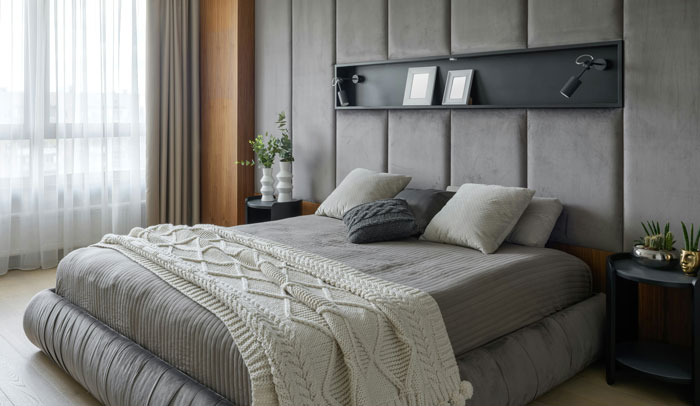
Image credits: BookLuvr7
#32
Walk in closets (most European countries I've been to, they use wardrobes and dressers).
Switch in the bathroom that runs a fan, the only purpose of which is to cover up the sound of you doing your business.
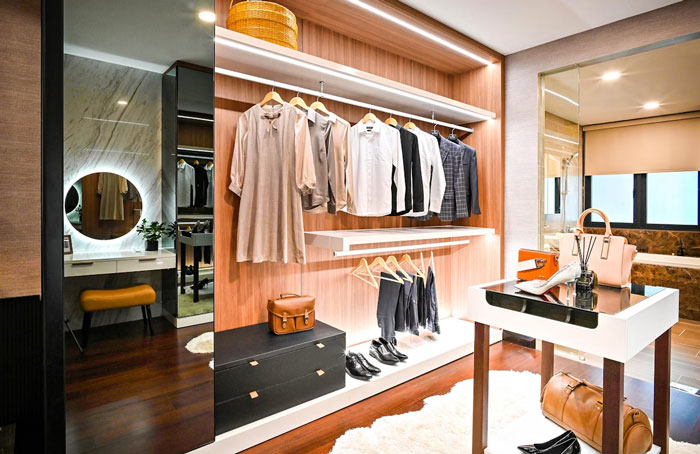
Image credits: anon
#33
No bidets.
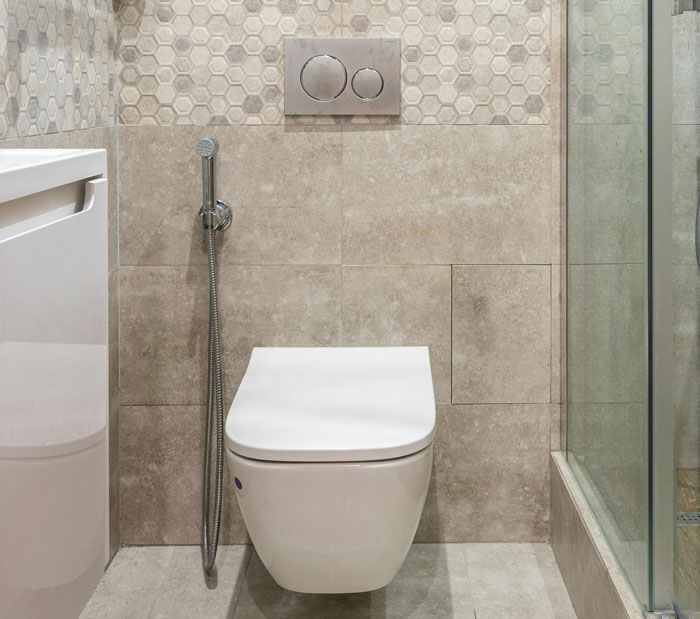
Image credits: AllSoulsNight
#34
Most toilets here are 1.28 or 1.6 gallons of water per flush.
The best info I've found says German toilets use nearly 2 gallons per flush. My guess is you need to, because of the nasty s**t-shelf your toilets have. In any case I'm not sure where your perception of swimming pool sized toilets comes from.
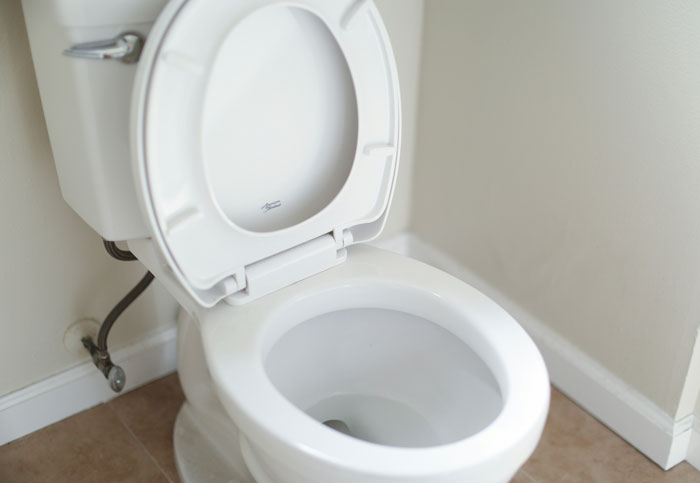
Image credits: rawbface







